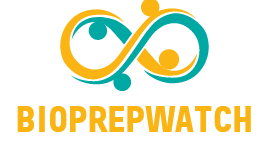Ronnagram and Quettabyte
The names of huge numbers are given for the first time
11/23/2022, 6:33 p.m
1 followed by 30 zeros – no one usually needs such a number. However, it is officially given a new prefix. The General Conference on Weights and Measures decides on a total of four innovations. Even very small values are affected. The computer age makes it necessary.
How much does the Earth really weigh? Answer: a ronnagram. But only for a few days. Because just this week, the General Conference on Weights and Measures created new prefixes for giant numbers. But also for the very young. Including the runa, which corresponds to a 1 followed by 27 zeros. Also new is Quetta, 1 followed by 30 zeros. The prefixes ronto and quecto will be used in the future when very, very small numbers are used: an electron weighs only about one kilogram.
This is the first entry of new prefixes for giant and dwarf numbers by the General Conference on Weights and Measures since 1991, when zetta and yotta were introduced for giant values, 1 followed by 21 and 24 zeros, respectively. But behind Utah it’s over so far. But a lot has happened since then – for example in the computer field.
Wild growth in huge numbers
Richard Brown, a metrology scientist at Britain’s National Physical Laboratory, told Nature that data science is the driving force behind today’s new primers. The annual volume of data generated worldwide has already reached a zettabyte. And in the 2030s, the iotabyte limit is likely to drop. So far, there has been no regulation on how to call the numbers of 1000 yobytes – but informal and inconsistent suggestions have circulated: such as Hella and Bronto.
But Brown says this has become a problem. Because the Hella and Bronto symbols—h and b—are already used in the metric system for other units or prefixes: h stands for hekto, say, a hundred, and H stands for Henry, the unit of induction. Brown said this is the main reason they are not taken as official terms.
The only two letters not yet used for units of measure are R and Q. Also, prefixes denoting large numbers usually end in a – like mega. Those that describe very small numbers end in -o. And so it was Runa, Koita, Ronto and Kikuto’s turn. However, all letters of the alphabet have been used – so what will happen next when more giant and dwarf numbers have to be described is still in the stars.

